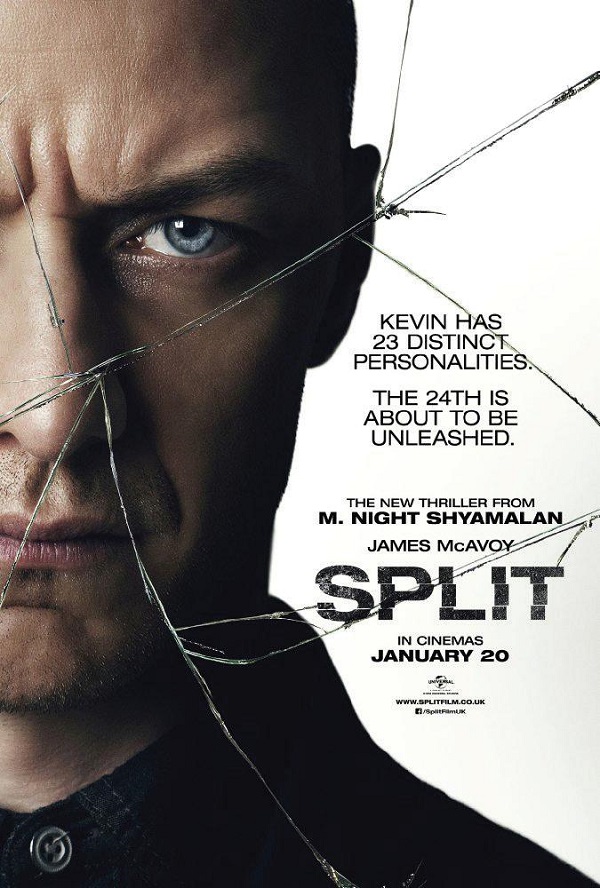

Photo Courtesy / IMDb
By Richard MacTough
Staff Writer
“Split” has become a controversial motion picture about a man with dissociative identity disorder who kidnaps three teenage girls.
According to WebMD, it is a coping mechanism used by a person to dissociate a painful or traumatic experience from their conscious self.
An individual possesses different personalities.
The movie has faced major criticism for its depiction of what may stigmatize the millions of Americans who suffer from this disorder.
Petitions have been signed to have the film banned.
In doing so would be censorship and taking away the freedom of speech.
Using horror and thriller pictures as a way to interpret their own idea of mental illness is something common and a theme that has been around since horror films began.
Iconic movies such as “Psycho” and “Secret Window” have paved the way for psychological thrillers and horrors.
Millions of American people spend money on such particular genres to be frightened.
Moviegoers want it to be fresh and something unexpected.
It’s not the job of the film industry, but the job of the viewers themselves to understand fact from fiction.
It is essential that individuals educate themselves with resourceful information and organizations that look to instruct the community on the real challenges of mental health.
According to mental health.gov, a vast majority of people with mental disorders are not violent. “Split” does not convey a realistic idea of what an individual with that illness is going through.
The man in “Split” has twenty-four different personalities.
This work of fiction is an exaggeration to keep the audience entertained and more devoted to the film.
Perhaps there can be conversation with groups of people of what similarities “Split” associates with the disorder, and they may also discuss the many differences.
Groups who want to educate on mental health should use examples that are more positive and genuine in showing a real interest of what the various challenges the illness create.
With proper conversation and material, more are likely to show empathy and understand. That is what the movie industry does.
Several films have helped enlighten such challenges. Movies I suggest to watch are “Silver Linings Playbook,” “American Sniper” and “A Beautiful Mind.”
Suggest films that you think gives a positive and realistic approach of the challenging disorders.
Distinguish horror films that betray such illness are not realistic and that most individuals with mental health problems are not violent.
Explain a movie such as “Split” is simply a work of fiction.
The film should not be banned for it violates the 1st Amendment.
Email Richard at:
rmactough@live.esu.edu
